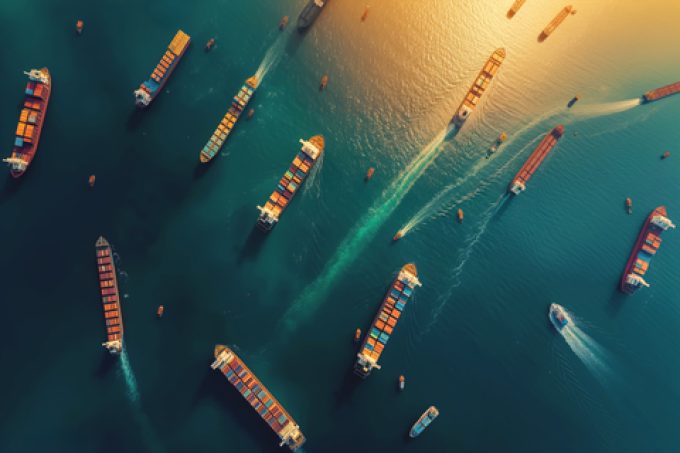Mærsk and Saudi Post form strategic partnership
PRESS RELEASE Global eCommerce businesses operating in Saudi Arabia set to benefit as Maersk and Saudi ...

The latest port congestion data reveals that shippers are grappling with extensive dwell times as the Red Sea crisis continues to take its toll.
Today, Danish carrier Maersk warned customers it had to “implement recovery measures in the US to ensure schedule integrity” on its ...

Comment on this article